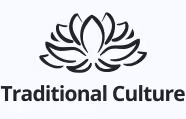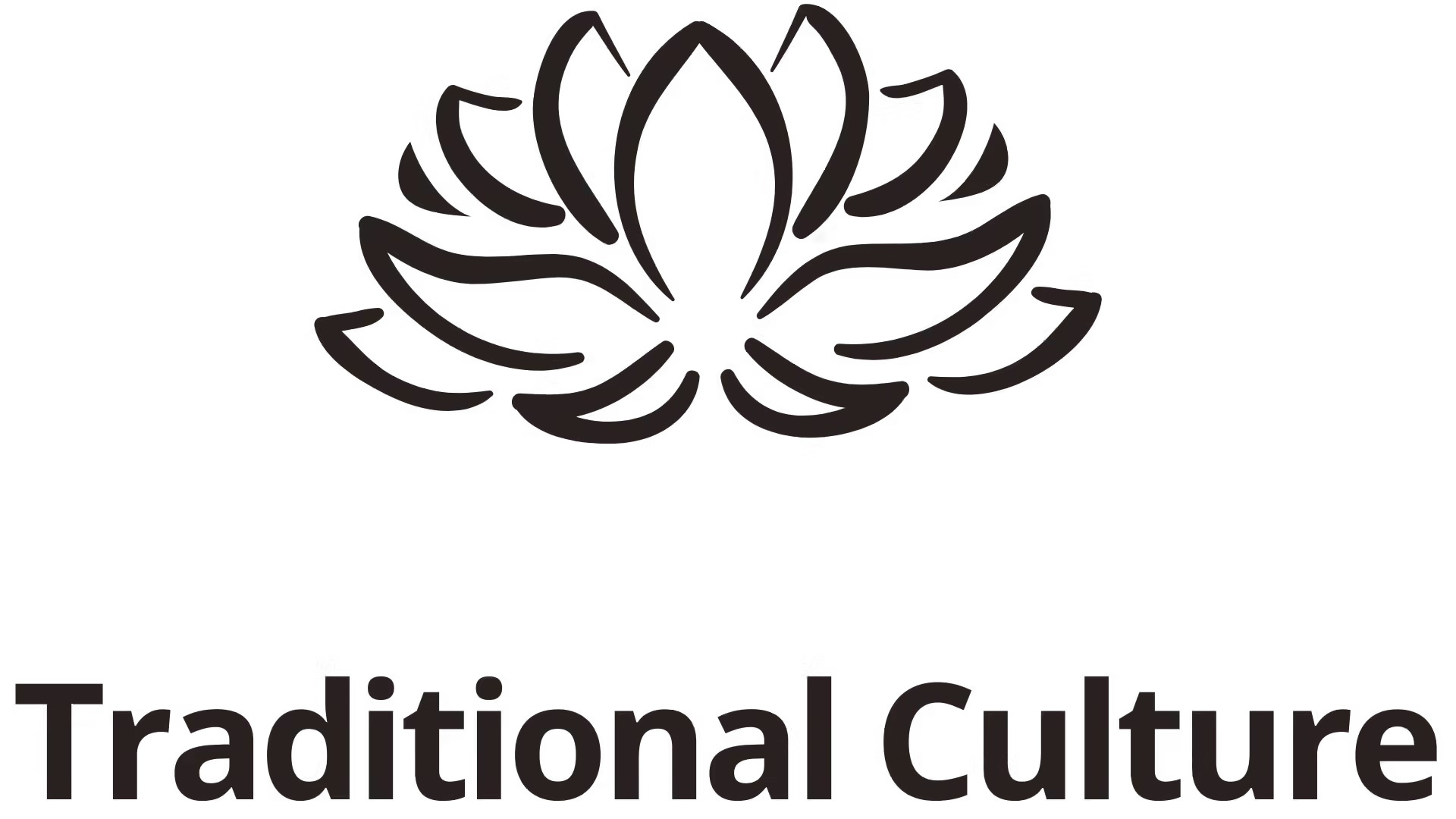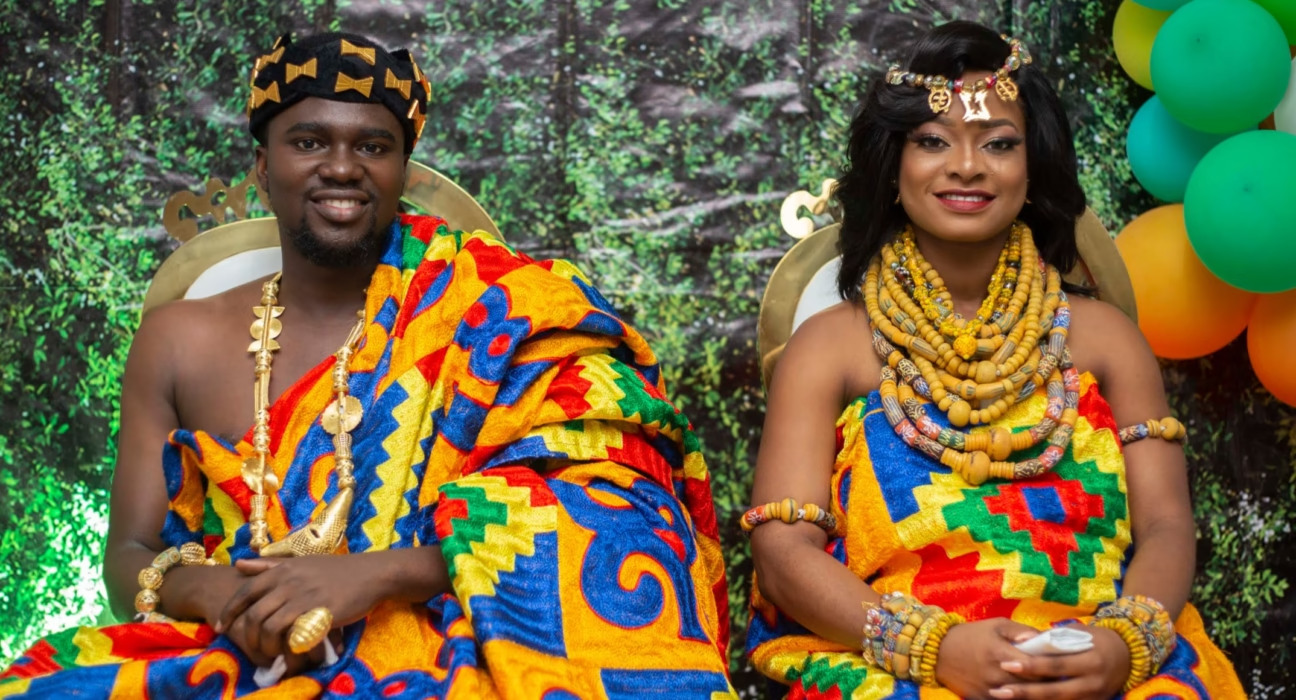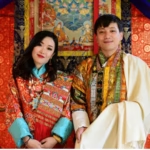Asante Kente Robes hold a special place in the cultural heritage of Ghana and, by extension, the African continent. These robes are far more than mere garments; they encapsulate profound historical narratives, philosophical beliefs, and artistic accomplishments that resonate through generations. The intricate patterns and vibrant colors tell stories that are both unique to the Asante people and universal in their representation of African pride and identity.
The Cultural Significance of Asante Kente Robes
The Asante Kente robes serve as a visual manifestation of culture, history, and community values for the Asante people. They are woven into the fabric of social life, reflecting not only aesthetic beauty but also deep meanings tied to identity, honor, and legacy. Exploring this significance provides insight into how a piece of clothing can transcend its physical form.
A Symbol of Heritage
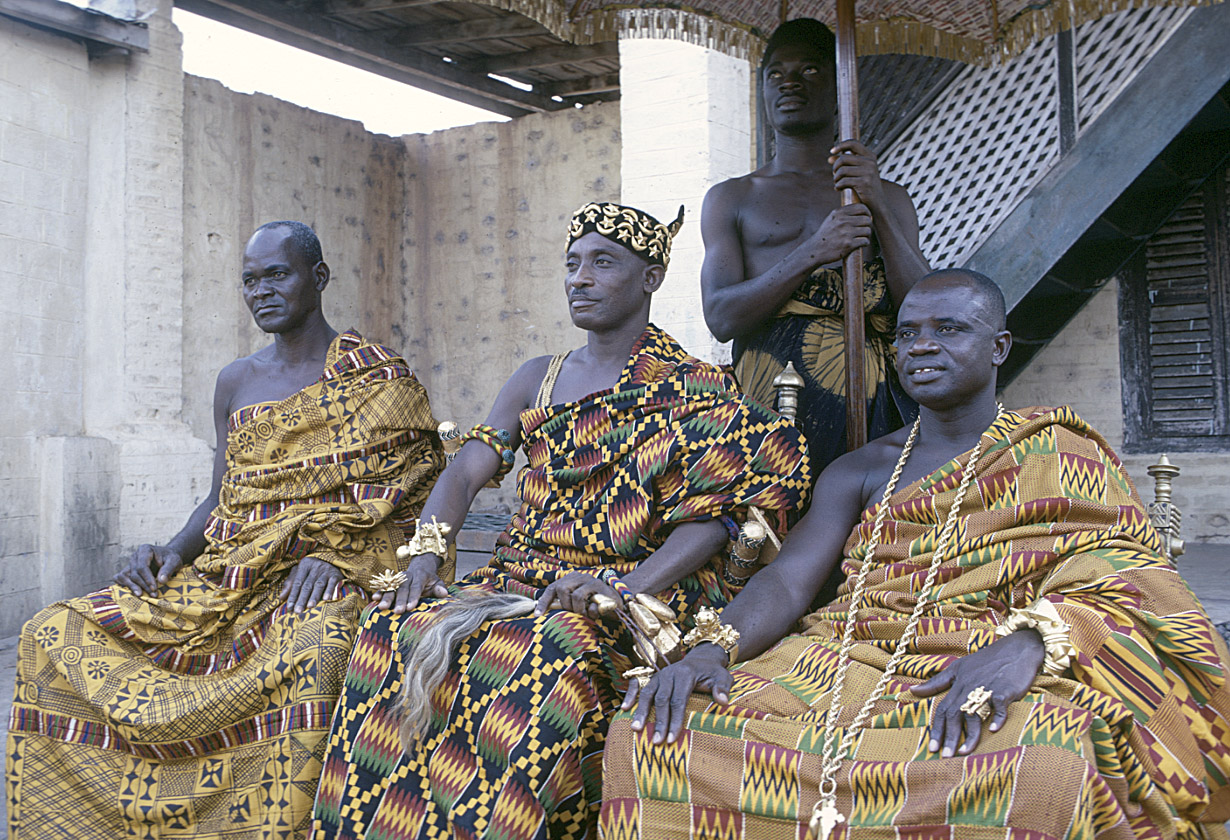
Kente cloth is steeped in history, tracing back to the Asante Kingdom in the 17th century. Traditionally woven by skilled artisans, these robes often signify one’s status within the community. The colors and patterns used in the fabric can indicate various social standings, achievements, or events in one’s life. Nowadays, Kente is still worn by kings and paramount chiefs in various traditional areas.
The vibrancy of the cloth mirrors the spirit of the African people, capturing their resilience and creativity. For instance, the color gold often denotes wealth and royalty, while black represents maturity and spiritual energy. Each robe tells a story rich with layers of meaning, making them not just garments but rather powerful symbols of cultural heritage.
Connection to Identity
Asante Kente robes are essential in celebrating individuality and communal pride. In contemporary society, wearing these robes during significant occasions—such as weddings, graduations, or festivals—allows individuals to express their uniqueness while simultaneously honoring their roots.
This duality plays an important role in fostering a sense of belonging among the Asante people and the broader African diaspora. Individuals can showcase their cultural pride and make connections to their ancestors, creating a bridge between the past and present.
Traditional Versus Modern Interpretations
While traditional Kente weaving remains revered, modern interpretations have emerged. Artisans today combine traditional techniques with contemporary styles, allowing the Asante Kente robes to remain relevant in today’s fashion world. This evolution highlights the adaptability of cultural expressions and the ability of society to embrace change while staying grounded in heritage.
These modern renditions do not dilute the original meanings; instead, they create new spaces for expression. Wearing a Kente robe today may symbolize global unity, reflecting the interconnectedness of cultures while still holding firm to its Asante roots.
The Artistic Craftsmanship Behind Asante Kente Robes
The process of creating Asante Kente robes is an art form that involves meticulous craftsmanship. The intricate designs and vivid colors are not only visually stunning but are also a testament to the skill and dedication of the weavers. The artistry involved deserves a closer examination to appreciate the depth of creativity embedded within these garments.
The Weaving Process

At the heart of each Kente robe lies the skillful craftsmanship of the weaver. This labor-intensive process begins with the careful selection of threads, typically made from silk and cotton. The choices made at this stage set the foundation for the entire garment, influencing its texture, sheen, and durability. These carefully selected threads are crafted into long, narrow strips, which are then meticulously sewn together to form the final robe.
Weaving itself is a communal activity, often passed down through generations. Traditionally, Kente weaving has been the domain of men, with techniques inherited from father to son. Skilled artisans from villages like Bonwire have mastered these techniques, and their craftsmanship embodies a rich legacy. Each weaver adds their touch, resulting in unique pieces that embody the personal style of the artisan while respecting traditional motifs.
Patterns and Colors
Patterns in Kente robes are deeply symbolic, with every motif carrying its own significance. For example, the “Eban” pattern, which symbolizes security and love, may be chosen for a wedding ceremony, while geometrical shapes might denote strength and resilience. However, the names of the patterns do not necessarily reflect their outward shapes but are primarily derived from Asante stories, traditions, and cultural values.
Color selection is equally important. The combination of colors in a Kente robe speaks volumes about the occasion and the wearer’s intentions. Bright reds may convey passion, while lush greens represent harvesting and growth. The interplay of colors and patterns creates a dynamic canvas that narrates a story beyond words.
The Spiritual Dimensions
The creation of Kente robes is not merely an artistic endeavor but a spiritual one as well. Many weavers believe that their craft connects them to the divine. The act of weaving is seen as a form of prayer, where each thread spun contributes to a larger purpose.
This belief imbues the finished product with a spiritual essence, serving as a conduit for channeling energy and intention. As such, wearing an Asante Kente robe is akin to donning a piece of ancestral wisdom, rich with blessings and protective energies.
The Global Influence of Asante Kente Robes
In recent years, Asante Kente robes have transcended their local origins to gain global recognition. This newfound popularity reflects a broader trend of embracing African cultural expressions in a world increasingly focused on diversity and inclusivity.
Diaspora and Representation
The African diaspora plays a significant role in the globalization of Kente robes. People of African descent around the world utilize this fabric as a way to reconnect with their heritage and express cultural identity in diverse contexts.
Events such as Black History Month or Juneteenth celebrations often feature Asante Kente robes, allowing wearers to honor their ancestry while educating others about their rich history. The fabric serves as a symbol of resilience, unity, and cultural pride that resonates with many.
Fashion Industry Integration
Fashion designers have begun to recognize the value of incorporating Asante Kente robes into contemporary wardrobes. By collaborating with traditional artisans, they create fusion pieces that celebrate both heritage and modern aesthetics.
This integration fosters a dialogue between cultures, promoting appreciation and understanding. As more designers explore the possibilities of Kente fabrics, the potential for innovation expands, inviting creative expression across borders.
Cultural Appropriation versus Appreciation
While the global take-up of Asante Kente robes can lead to increased visibility, it also raises questions about cultural appropriation. The distinction between respect and exploitation is critical. Cultural exchange must happen with acknowledgment, understanding, and respect for the origins of what is being embraced.
When individuals wear these robes, awareness must accompany their choice. Supporting the artisans who create these textiles and learning about their significance ensures that the cultural narrative remains intact rather than being diluted or commodified.
The Future of Asante Kente Robes

As we look toward the future, the journey of Asante Kente robes will continue to evolve. Embracing modernity while preserving tradition assures the longevity of this remarkable cultural symbol.
Educational Initiatives
Increasing awareness and education about Kente robes can bridge generational gaps and foster pride in cultural heritage. Workshops, exhibits, and educational programs can invite younger generations to engage with their history, enabling them to continue the traditions of weaving and wearing Kente with respect.
Understanding the art and storytelling behind Kente creates advocates who can carry the legacy forward. Engaging youth in the crafting process can instill a sense of ownership and appreciation for their heritage.
Sustainable Practices
As environmental consciousness grows, sustainable practices within Kente production can further enhance the integrity of these robes. Ethical sourcing of materials, eco-friendly dyes, and responsible labor practices contribute to the sustainability of this art form.
By adopting greener methods, the Kente weaving community can ensure that their crafts not only honor cultural heritage but also protect the environment for future generations. Sustainability becomes part of the narrative, adding another layer of relevance to the Kente robes.
The Role of Technology
Technology offers exciting prospects for the future of Kente robes. Digital platforms can help artisans market their products globally, increasing accessibility and visibility. E-commerce enables direct connections between weavers and consumers, ensuring fair compensation and support for traditional skills.
Moreover, innovations in design software allow for the exploration of new patterns and color combinations, bridging traditional practices with cutting-edge technology. This blend of old and new can inspire a renaissance in Kente weaving, ensuring its continued vitality.
Conclusion

In exploring the multifaceted world of Asante Kente Robes, we uncover a rich heritage filled with stories of pride, artistry, and resilience. These garments extend beyond simple clothing, embodying the spirit of the Asante people and their enduring cultural legacy. As they weave their way into the global narrative, the challenge remains to honor the traditions while embracing innovation.
The future looks bright for Asante Kente robes, with opportunities to educate, innovate, and sustain the artistry that has defined a culture for generations. By recognizing their significance and continuing to share their stories, we ensure that these beautiful textiles will endure as symbols of pride, identity, and unity for years to come.
✉️ Stay Connected — Subscribe for Weekly Updates
Discover timeless stories, practical wisdom, and beautiful culture — delivered straight to your inbox.
*We only share valuable insights — no spam, ever.

